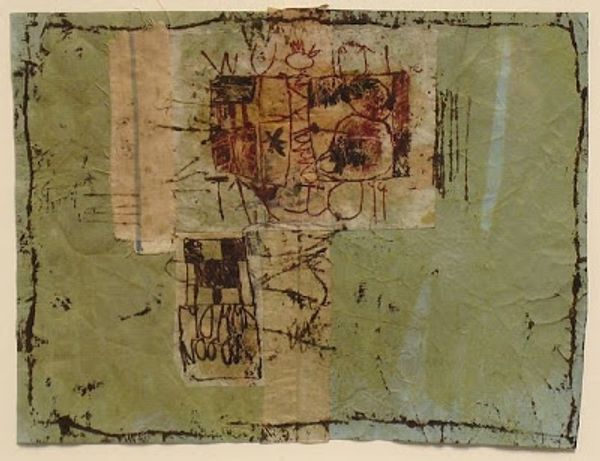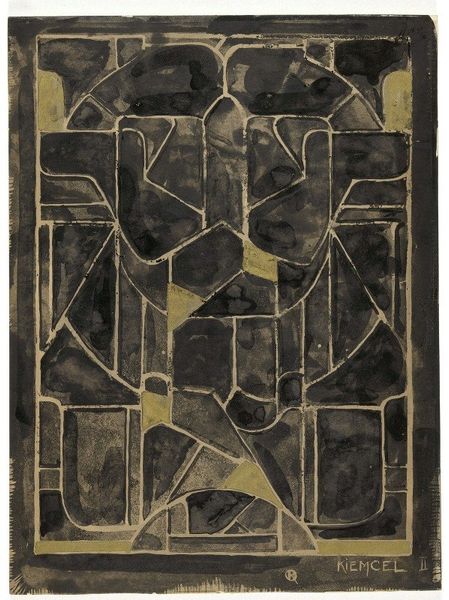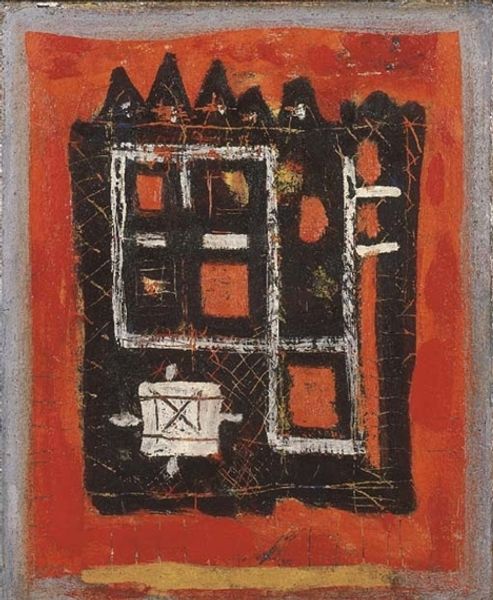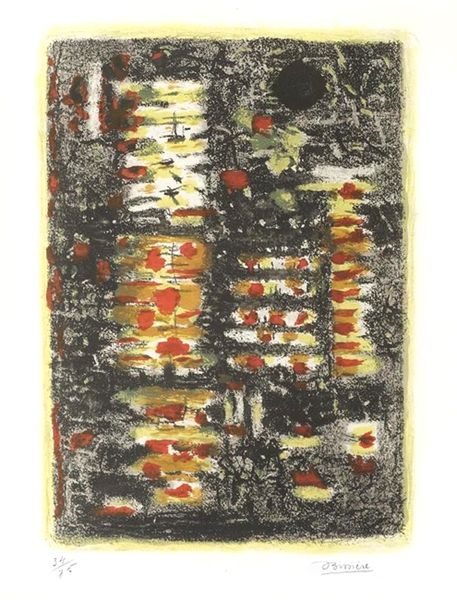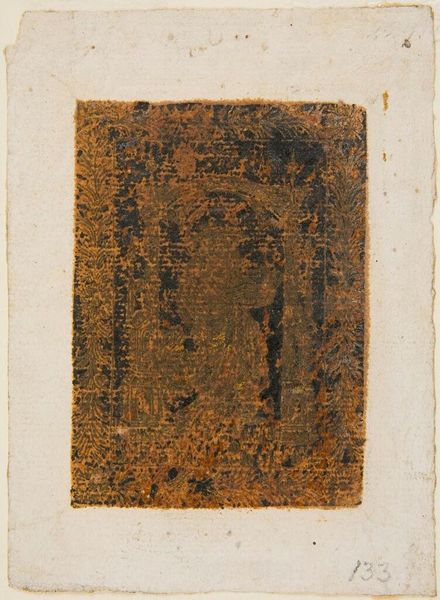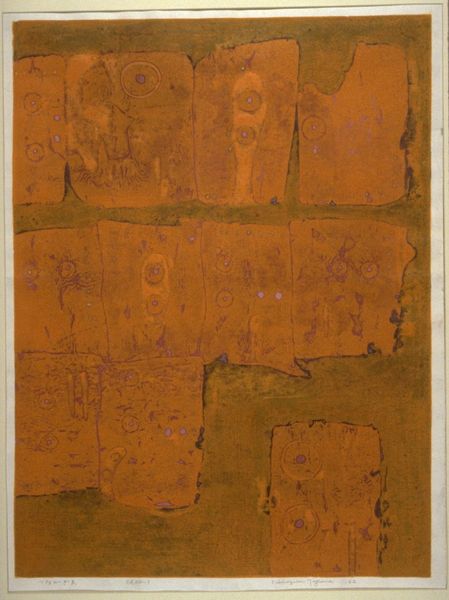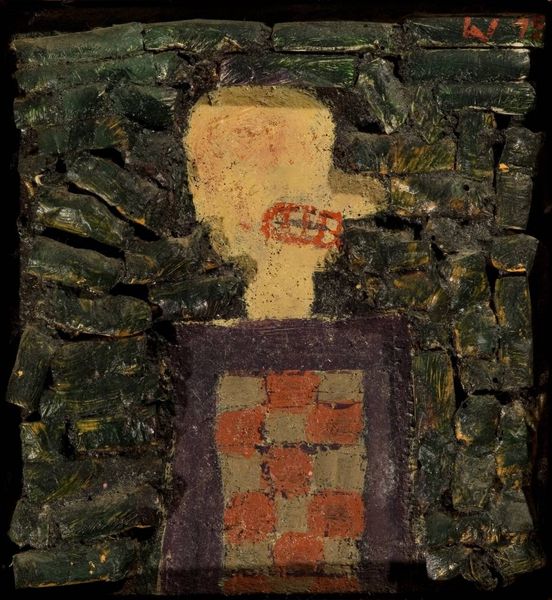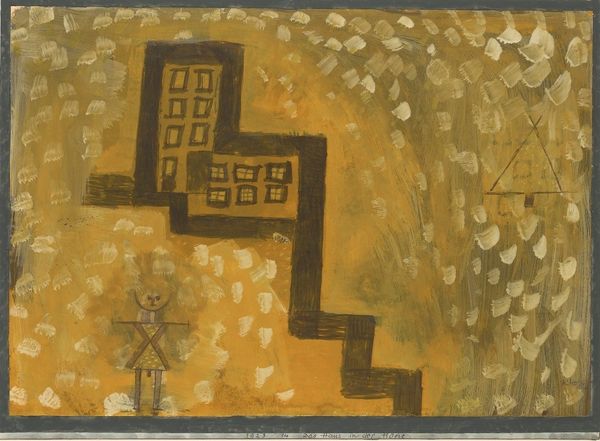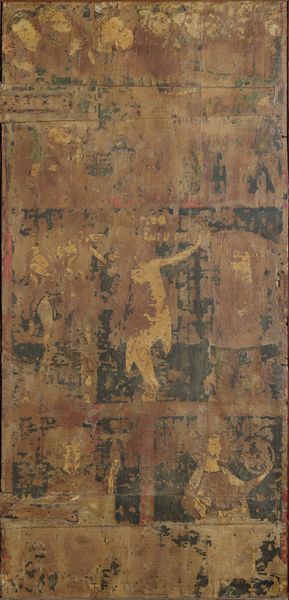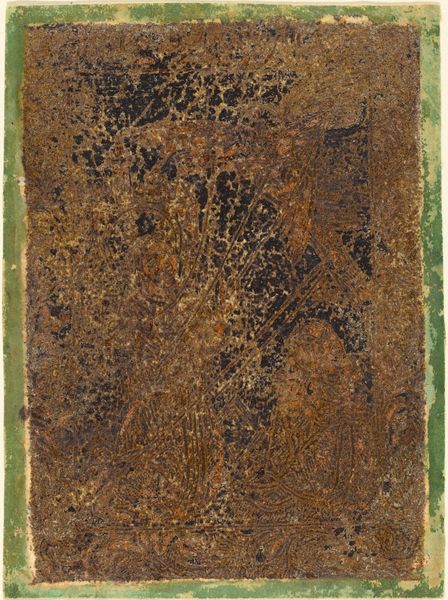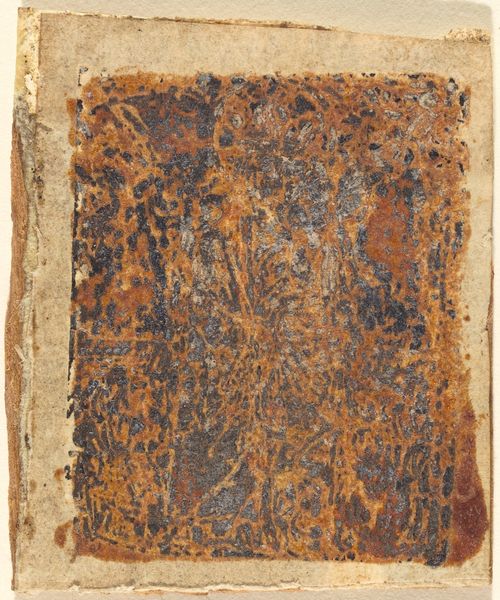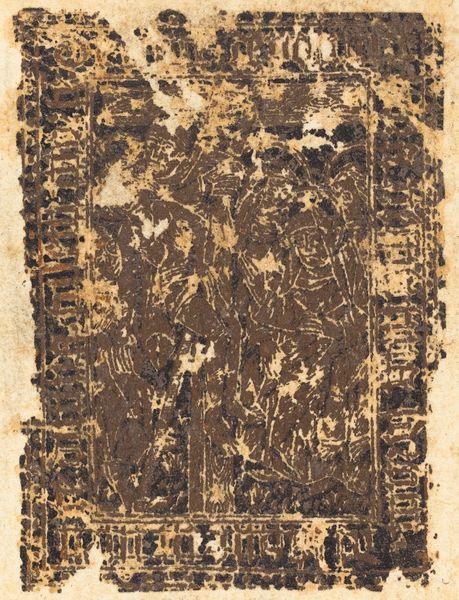
painting, oil-paint
#
abstract-expressionism
#
abstract expressionism
#
painting
#
oil-paint
#
form
#
geometric
#
abstraction
Copyright: Roger Bissière,Fair Use
Curator: Standing before us is "Ocre," an oil painting created by Roger Bissière in 1954. It's a compelling example of abstract expressionism from that period. Editor: It hits me as incredibly earthy. The browns, ochres, greens—they're all so muted and grounded, but there's also an underlying structure, a grid trying to hold it together. Curator: Yes, Bissière's work often explores that tension between structure and spontaneity. He came to abstraction relatively late, around the age of sixty, after having absorbed cubist influences and figurative styles. The grid is reminiscent of Mondrian, although less rigid and more lyrical. Bissière initially worked within the style of Post-Impressionism after becoming familiar with Cezanne’s paintings. Editor: The grid becomes a carrier of other shapes and colors, each cell holding a potential symbol. Do you see some organic forms nestled within? Are those evocative figures trapped behind the squares? I wonder about how World War II might be influencing the feelings within this painting, with those harsh black strokes representing a kind of trauma. Curator: That's an insightful perspective. The post-war era undoubtedly shaped artists' sensibilities. There was this overall push toward experimentation and the individual, as reflected in the abstract expressionist movement and its development throughout galleries across the U.S. This movement really focused on spontaneous, emotional gestures, although with Bissière we do see a lingering focus on more controlled shapes. Bissière would exhibit throughout Europe as well as at institutions in New York like the Brooklyn Museum and the Carnegie Institute. Editor: To me, this doesn't feel like unbridled expression so much as a carefully constructed meditation on the color, ocre. Each shade and geometric nuance calls forth its own symbol or idea. It's beautiful but somehow melancholy, maybe that comes from the grounding tones or the knowledge that its artistic movements were created after much of the Western world fell into ruin. Curator: Bissière carved a distinct place for himself within the abstract landscape, blending a controlled yet expressive quality and the impact of societal pressures with careful attention to the physical materiality of his chosen colors. Editor: For me, “Ocre” acts as a sort of container, where our feelings can become free and mix.
Comments
No comments
Be the first to comment and join the conversation on the ultimate creative platform.
